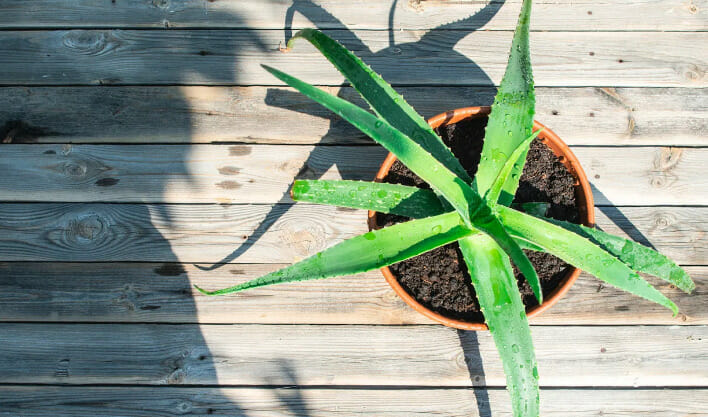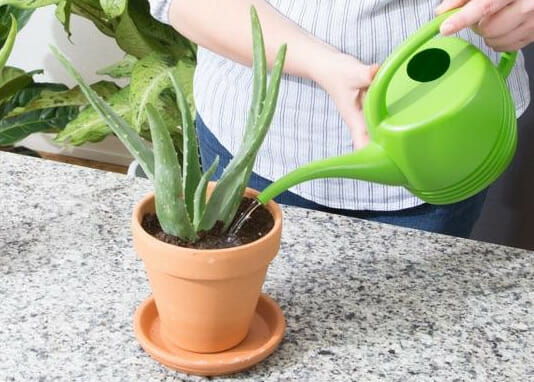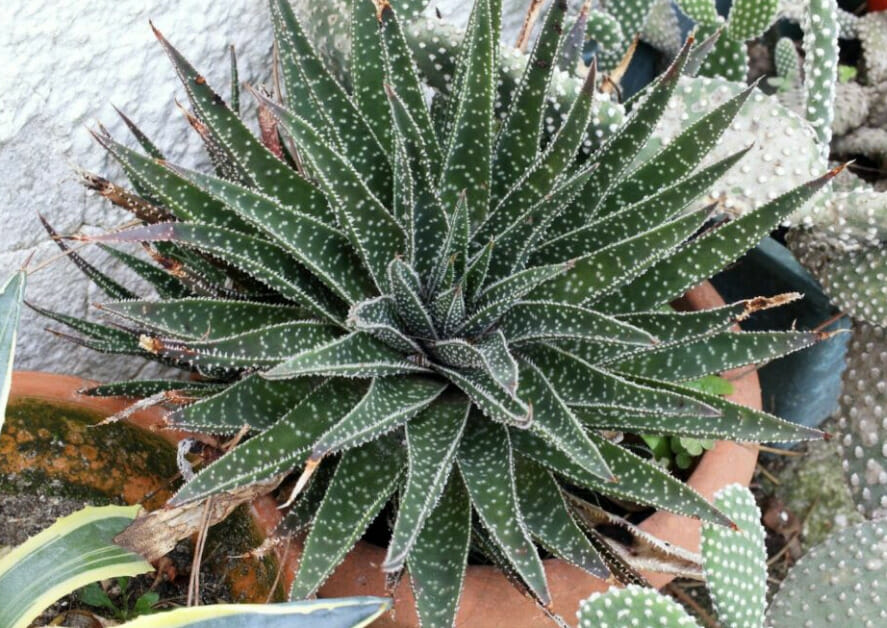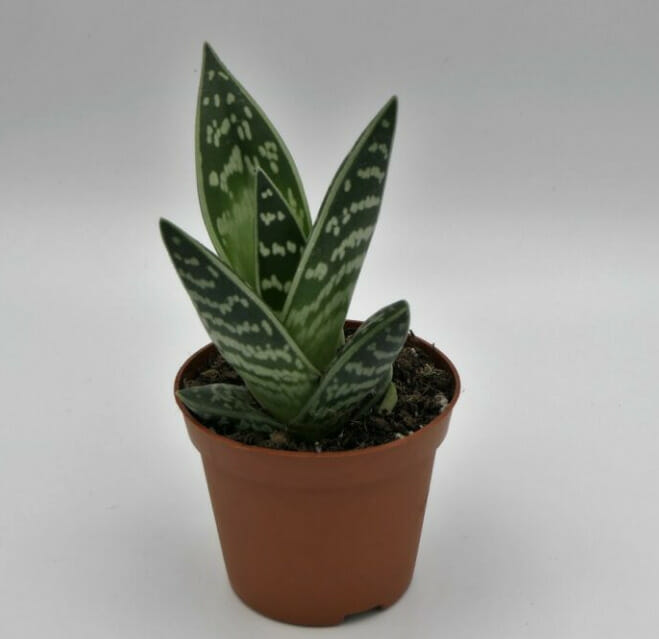The Aloe Vera plant is an easy, attractive succulent that is low maintenance and doesn’t require a lot of maintenance. The gel-like substance in the leaves has anti-inflammatory and anti-microbial properties and has been used for centuries to treat various ailments. It is also very attractive with its long fleshy leaves and can be added as a decorative plant indoors.

Facts:
Name: Aloe barbadensis miller
Family: Asphodelaceae
Type: Indoor/outdoor plant
Height: 31 inches to 40 inches
Exposure: Well-lit
Soil: Well draining
Appearance:
This evergreen houseplant has sword-like leaves. Generally, the leaves are bluish-green in color and sometimes have white spots on their surfaces. It is a stemless plant, and the leaves grow from the thick central stem. Since it is succulent, the leaves are fleshy and full of a gel substance. The leaves are coarse to touch and grow upright.
Care For The Aloe Vera Plant
Aloe Vera is a very easy plant to care for and doesn’t require much maintenance. It is a great option to have at home. However, it is expected to live for as many as 40 years under ideal light and water conditions.
Light Care
Aloe Vera does well in a well-lit area. It prefers natural sunlight to thrive. If you are growing an aloe vera plant indoors, then place it in a spot that gets bright indirect sunlight. As a rule of thumb, Aloe Vera needs 5 to 6 hours of direct sunlight daily. Although Aloe vera can tolerate direct sunlight outdoors, too much sun can burn its leaves, causing them to lose color and turn brown. On the other hand, if the light is not sufficient, the leaves become leggy, just like other succulents.
If you decide to move your aloe from indoors to a fully bright area under the direct sun outdoors, don’t do the transition too quickly as this sudden change will cause sunburn to the leaves. You can make the transition smooth by placing the plant in a shaded area with partial light for a week and slowly moving it to a brighter spot.

Water Care
Like other succulents, aloe vera prefers dry soil. It should only be watered when the soil becomes completely dry. Water your aloe plant about every 1-2 weeks in the spring and summer, and let the soil completely dry in between waterings. Overwatering is not good for aloe vera as too much moist soil can cause root rot, causing the plant’s death. Although aloe vera can sustain dry conditions, but if the soil remains dry for an extended period, then the leaves become shrivel. Watering is the key factor in keeping aloe alive.

Different Varieties of The Aloe Vera Plant
Aloe vera has over 300 species, but some varieties of aloe vera are more commonly preferred for decorating or medicinal purposes.
- Aloe barbadensis
This is the most commonly known variety of aloe vera. It has become a household name globally due to its healing properties. It has a green to grey-green color and a very distinct circular rosette form. The leaves are thick and fleshy in a sword-like triangular shape. Moreover, the leaves and the gel of barbadensis miller are also edible.

- Aloe aristata
It is a small plant with white spots, and fine saw tooth leaves in a spherical form. it is also known as lace aloe. This is a dwarf variety and is completely stemless. The leaves are small and triangular but with very prominent white teeth at the edges. This variety has no health benefits and is poisonous on consumption.

- Aloe Variegata
It is a dwarf aloe and has a very beautiful appearance. Due to its white spots, it is also known as tiger aloe. It can reach 10 to 15 cm high. Moreover, the leaves are lance-shaped and toothless. They also produce red flowers. However, keep in mind that this variety is poisonous and is not at all edible.

More Care Tips:
Aloe Vera is a very low-maintenance plant that thrives on neglect. However, if you’re considering buying an aloe vera plant, there are a few things to keep in mind regarding care.
- Place in bright or indirect sunlight
- Provide it with as much light as possible
- Plant aloe vera in well-drained soil.
- Water aloe vera plants deeply but infrequently.
- Ensure the plant is getting the right water but avoid overwatering.
- Repot when root bound,
- Aloe Vera goes dormant in winters; therefore, it gives them less water during that period.
With these care tips in mind, you’re sure to have a thriving snake plant in no time! If you liked this article, visit our website for more articles.
